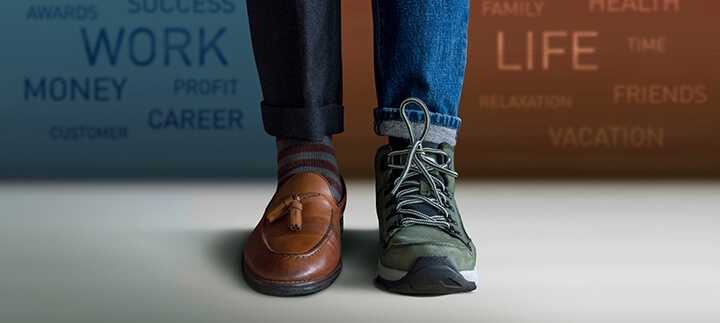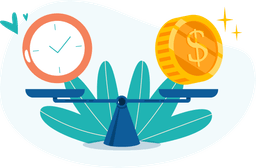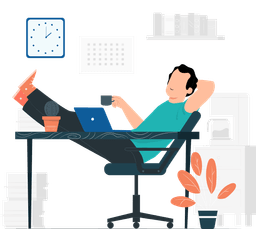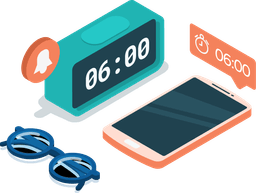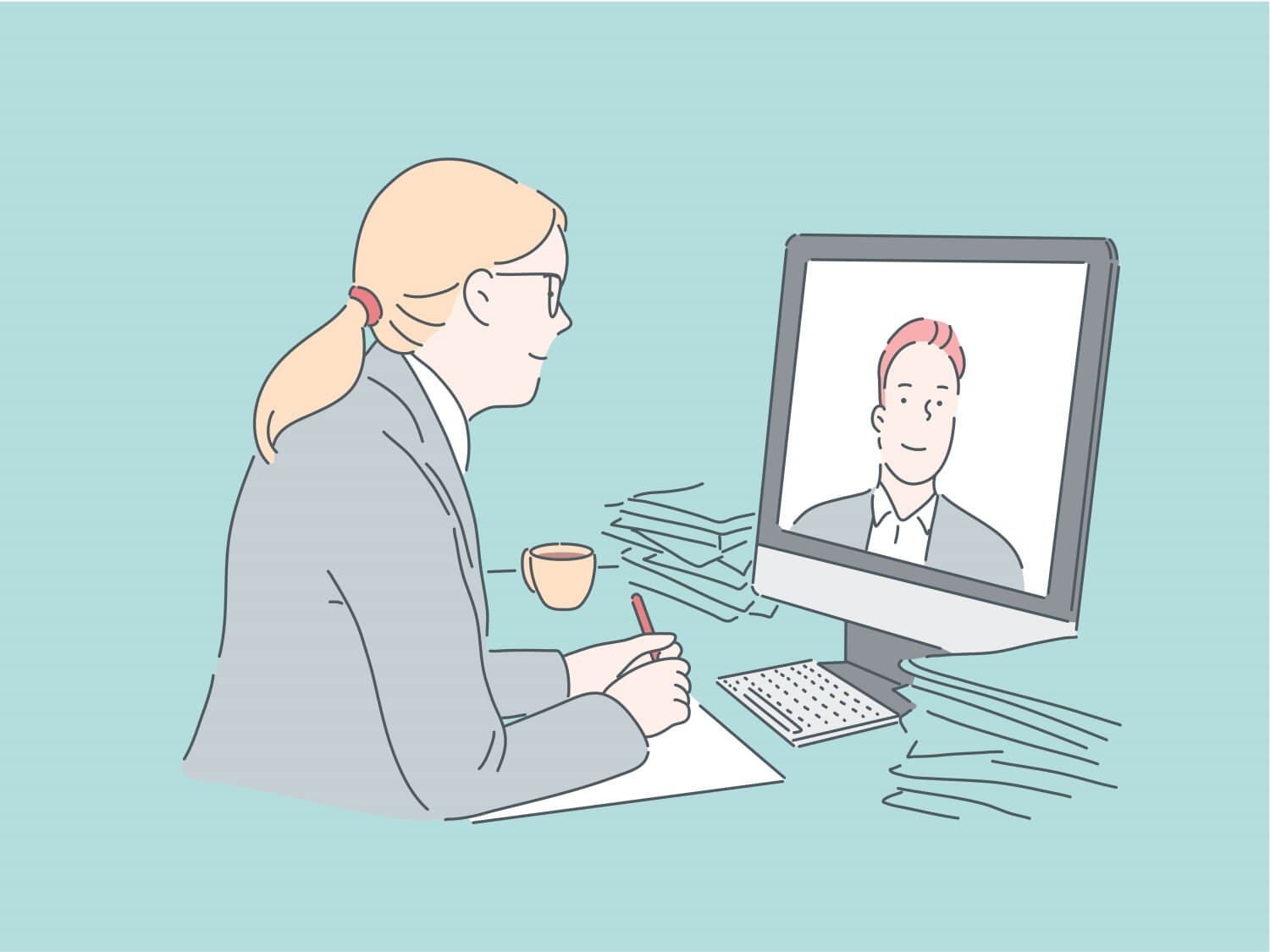On paper, the concept of a work-life balance sounds great. Every aspect of your life is in perfect harmony. Your work, home life, social circle and hobbies. Most importantly, you get equal enjoyment and satisfaction out of both your work and personal life.
In reality, this kind of healthy balance is hard to maintain. You can’t always expect to have a great day. Also, the idea that you ‘must’ have an even work-life balance can place extra pressure on you, making you feel dissatisfied if the balance falls “out of order”. Furthermore, the very phrase ‘work-life’ is a bit biased, as it implies that work is always ‘bad’ and your personal life is always ‘good.’
Does this mean the work-life balance theory is inherently flawed? Not quite. But, the phrase is overdue for a re-evaluation, especially in light of a rising remote workforce, where many people have no choice but to work where they live.
Here are some of the most common work-life balance myths, and how we can change it to better suit the new landscape.
Myth 1: Always strive for a 50-50 split
This is one of the most serious offenders of the work-life balance theory. Why? Because it implies that you should (and can) strive for an equal balance between the time you spend at home and work, every day.
The problem? It implies that anything other than a 50-50 split is a loss of balance. When, in reality, there are naturally going to be days where you have to spend more time at work than home, and vice versa. For instance, you might have an urgent deadline, an emergency situation, or a temporary shortage in staff. Regardless, it’s unreasonable to expect a 50-50 split between work and home.
Sure, if you’re constantly working overtime on a daily basis, that’s a problem. But, for the most part, it’s important that you don’t beat yourself up if you must work a bit later than usual. You can always make up for the lost time at home later.
Myth 2: Technology will always give you more free time
Technology has the power to make our lives easier. It can help us be more productive, efficient, safe, and communicative. The problem is, if you use the wrong tools or don’t use them properly, it can have the opposite effect; taking the focus away from your core duties and on to busy work. For instance, responding to emails, sending and receiving job requests, and responding to customer queries. Plus, with everyone holding a smartphone, ‘switching off’ is harder than ever – even if you’re not working.
The solution? Choose wisely. Figure out which tools and software are costing you more time than necessary. Then, either: ditch them, or learn how to use them more effectively so they better suit your needs. Are you losing time responding to emails? If so, use a ‘Priority’ system. When you get an email that can wait for later, tag it as ‘Low’ priority, and it will be sent to the appropriate tab. You can also set up reminders for emails and messages so that you don’t forget about them later.
By making better use of the technology you already have – or using specific tools to solve specific problems – you’ll get more done in the day, which gives you more free time later.
Myth 3: Don’t Work Too Much
As previously stated, the concept of work-life balance has its own negative connotation: work is ‘bad,’ but your personal life is ‘good.’ However, this fails to consider those who get a lot of enjoyment out of work. For these people, working only 20 to 30 hours a week could make them feel unfulfilled and dissatisfied, not the other way around.
The important thing is to consider how much time you’d like to spend at work (before you feel burnt out), and then – where possible and reasonable – make necessary changes to reach that sweet spot. This way, you’ll feel more fulfilled and satisfied during work, and get more joy out of your personal time.
Myth 4: Always Wake Up Early
You’ve probably heard this before: wake up earlier, you’ll get more work done. To an extent, this is true, but it fails to mention an important fact: not everyone is equally productive at the same times of the day. Most people are productive in the morning when they first wake up, but others are more productive in the afternoon.
On top of this, research has shown that people who work in intensely creative fields (i.e. writers, designers, mathematicians) need downtime to simmer on ideas before they can continue to work on difficult problems. So, the idea that ‘more time at the desk’ means more output isn’t necessarily true either.
Calculate when you’re most productive, and then – if possible and reasonable – readjust your schedule so that it better aligns with your most productive times. Also, don’t assume you must always put in long hours to be productive. If you can get everything done within 7 to 8 hours, then be happy with that. Alternatively, if things take a bit longer than expected, don’t beat yourself up over it. Again, you can always make up for it with extra downtime later.
Final thoughts: Accept there is no ‘perfect’ work-life balance
Trying to achieve a perfect work-life balance will sooner drive you crazy than help you. For this reason, it’s better to accept that, naturally, you’ll have both good and bad days.
Of course, this doesn’t mean you can’t have some work-life balance. But, by accepting that not every aspect of your life must be in perfect harmony, it’ll take the pressure off and let you be more flexible with how you spend each day.
Most important of all, you’ll feel more calm and relaxed, and have peace of mind knowing that, even if today doesn’t quite go to plan, there’s always the next day.
